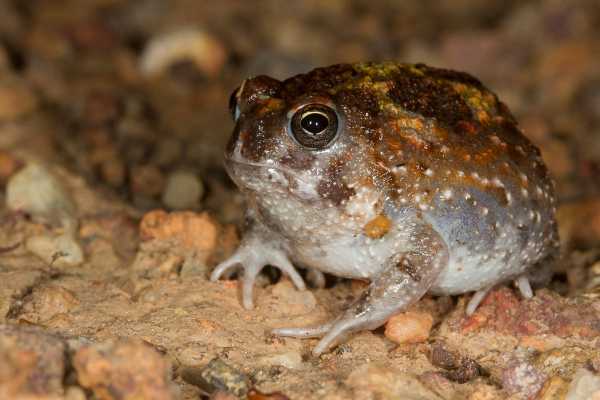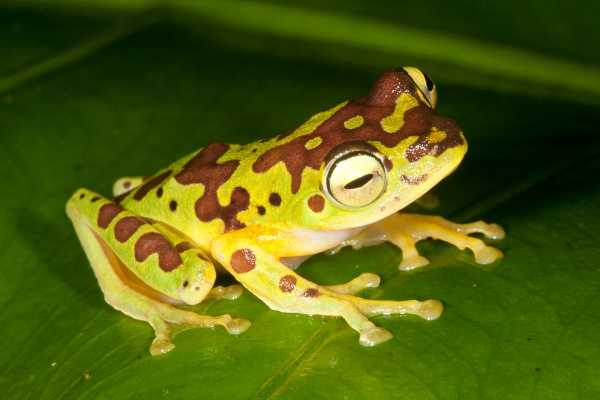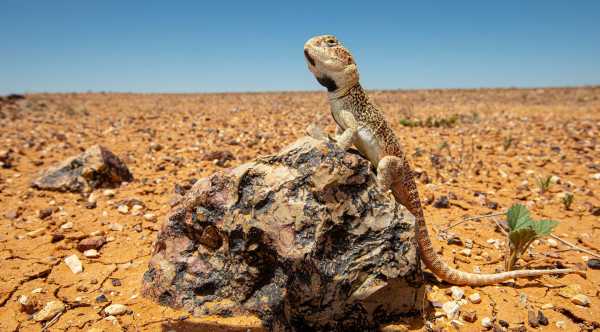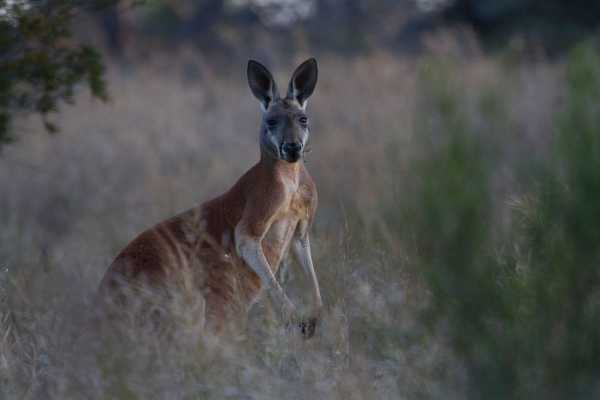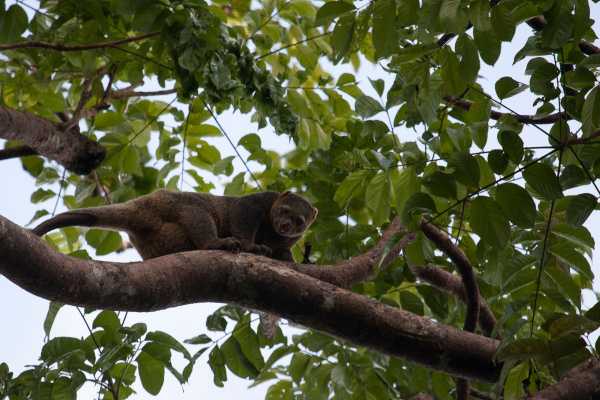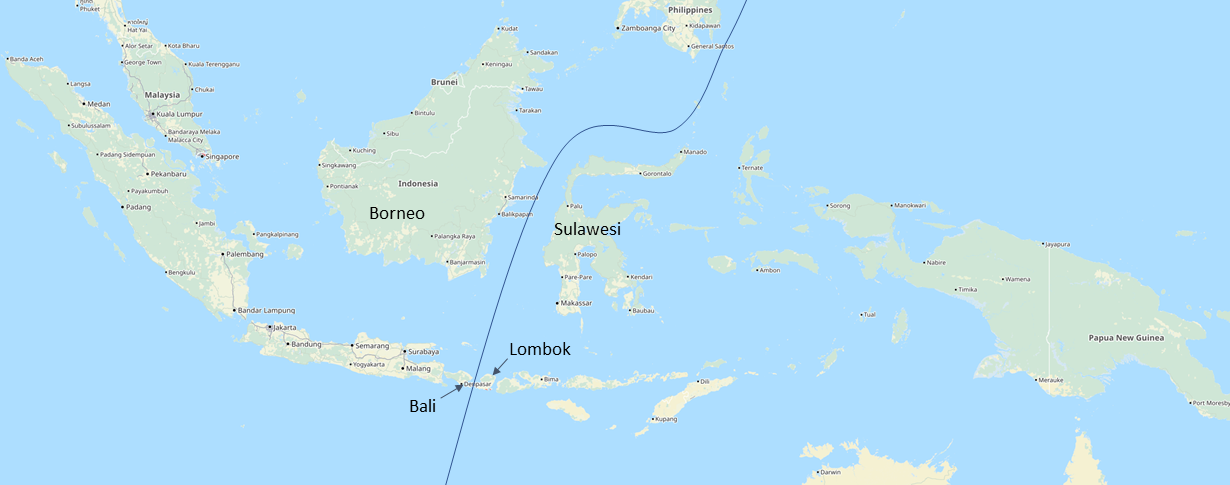Researchers are using a new model to clarify why millions of years ago more animal species from Asia made the leap to the Australian continent than vice versa. The climate in which the species evolved played an important role.
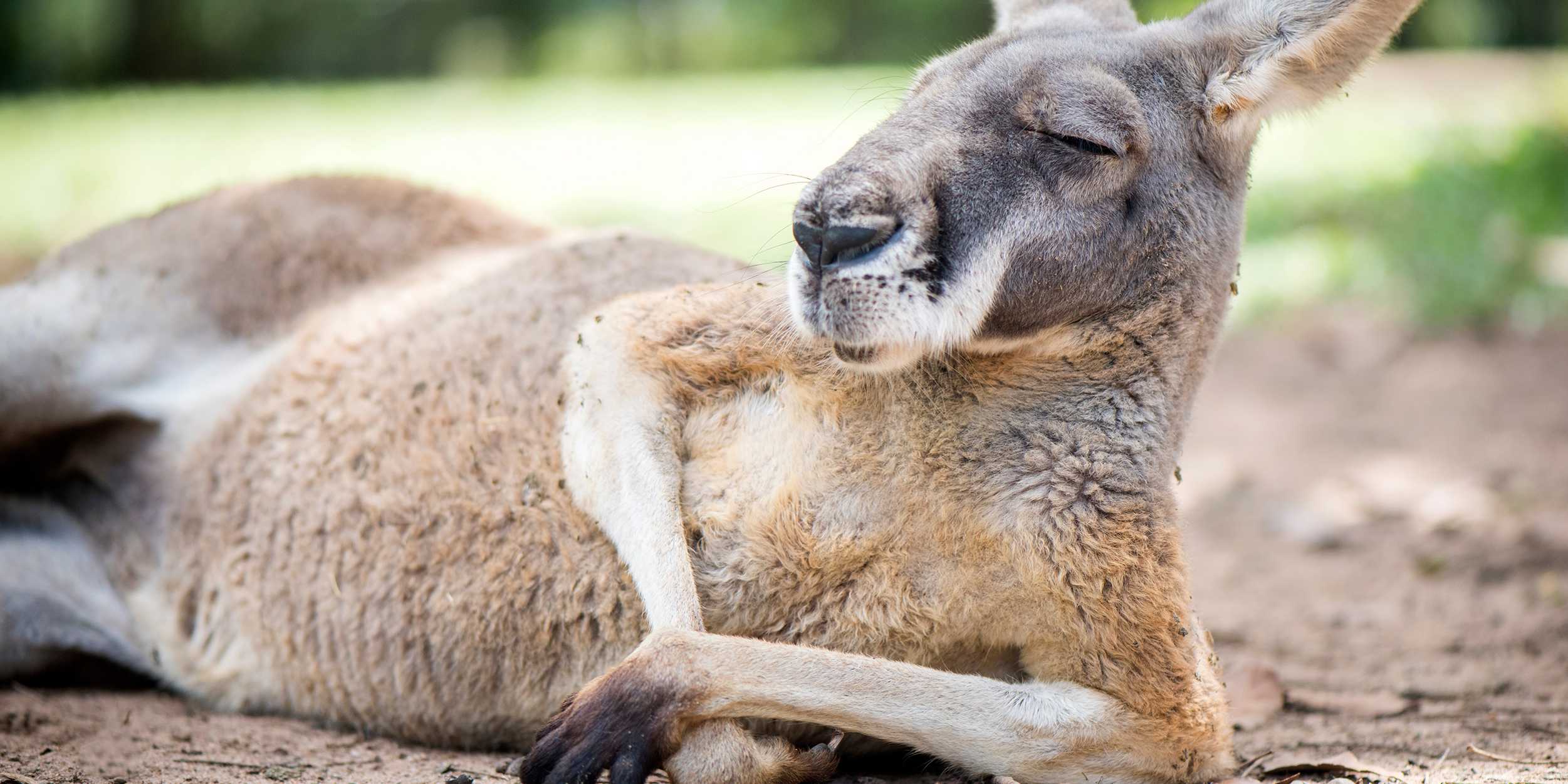
In brief
- Using a new model, researchers have investigated the asymmetric distribution of Australian and Asian vertebrates along the so-called Wallace Line
- The Wallace Line runs through the Indonesian archipelago and separates Australian from Asian vertebrate species. Not all the reasons for this dividing line were previously known.
- Now it is clear that not only plate tectonics significantly influences the distribution of the different vertebrates, but also the climate in the areas of their origin.
- Species of tropical origin were able to spread more successfully towards the Australian continent than species that had adapted to dry habitats in Australia.
If you travel to Bali, you won't see a cockatoo, but if you go to the neighbouring island of Lombok, you will. The situation is similar with marsupials: Australia is home to numerous marsupial species, such as the kangaroo and the koala. The further west you go, the sparser they become. While you will find just two representatives of these typically Australian mammals on the Indonesian island of Sulawesi, you will search in vain for them on neighbouring Borneo. Australia, on the other hand, is not home to mammals that you will typically find in Asia, such as bears, tigers or rhinos.
This abrupt change in the composition of the animal world already caught the eye of the British naturalist and co-discoverer of evolutionary theory Alfred Russell Wallace, who travelled through the Indo-Australian Archipelago from 1854 to 1862 to collect animals and plants. He described an (invisible) biogeographical line running between Bali and Lombok and Borneo and Sulawesi that marked the westernmost distribution of Australian fauna.
Fascinating change of wildlife
Biodiversity researchers have long been fascinated by this abrupt change of creatures along the Wallace Line. How these distribution patterns came about, however, has not yet been clarified in detail.
One explanation is plate tectonics. Forty-five million years ago, the Australian Plate began to drift northwards and slid under the mighty Eurasian Plate. This brought two land masses closer together that had previously been far apart. It became easier for land creatures to colonise one continent from the other. Tectonic movements also gave rise to the creation of countless (volcanic) islands between the two continents, which animals and plants used as stepping stones to migrate westwards or eastwards.
More Asian animals in Australia than vice versa
But why more species found their way from Asia to Australia - countless poisonous snakes, thorny lizards (Moloch horridus), hopping mice (Notomys sp.) or flying foxes bear witness to this - than the other way round has been a mystery until now.
In order to better understand this asymmetrical vertebrate distribution along the Wallace Line, researchers led by Loïc Pellissier, Professor of Ecosystems and Landscape Evolution at ETH Zurich, have created a new model. It combines reconstructions of the climate, plate displacements between 30 million years ago and the present day and a comprehensive data set for around 20,000 birds, mammals, reptiles and amphibians that are recorded in the region today.
Climates in areas of origin decisive
In the latest issue of Science, the researchers now show that adaptations to the climates in the areas of origin are partly responsible for the uneven distribution of Asian and Australian faunal representatives on both sides of the Wallace Line.
In addition to plate tectonics, the environmental conditions that prevailed millions of years ago were decisive for the exchange between the two continents. Based on simulations, the researchers found that animals originating from Asia were more likely to "hop" across the Indonesian islands to reach New Guinea and northern Australia.
These islands featured a tropically humid climate, which they were comfortable with and had already adapted to. The Australian wildlife was different, having evolved in a cooler climate that had become increasingly drier over time, and was therefore less successful in gaining a foothold on the tropical islands than the fauna migrating from Asia.
The Asian climate thus favoured creatures that reached Australia via the tropical islands of the faunal region known as Wallacea, especially those that could tolerate a wide range of climates. This made it easier for them to settle on the new continent. "The historical context is crucial for understanding the biodiversity distribution patterns observed today and was the missing piece of the puzzle explaining the enigma of Wallace's line," says first author Alexander Skeels, a postdoctoral researcher in Pellissier's group.
Competitive advantages for tropical species
Traits of species that evolved in tropical habitats include faster growth and higher competitiveness to enable them to withstand the pressure of coexistence with many other species. In harsher climates, such as the colder and drier regions of Australia, organisms usually have to evolve special adaptations to cope with drought and heat stress. These include behavioural adaptations such as nocturnal activity and physiological adaptations to minimise water loss. "Many Australian frogs bury themselves in the ground and remain dormant for long periods for this reason," Skeels points out. "Something that is rare in tropical frogs."
The findings are important for the researchers: "They make it clear that we can only understand today's distribution patterns of biodiversity if we include the geological development and climatic conditions of prehistoric times in our considerations," says Pellissier.
The heritage of long past epochs has shaped the patterns of biodiversity right up to the present. It also helps us to understand why more species are found in the tropics today than in temperate latitudes. "To fully understand the distribution of biodiversity and the processes that maintain it in the present, we need to find out how it came about," says the researcher.
Learning to understand invasive species
This is especially true in biogeography because the exchange of species between continents continues to take place regularly and at an alarming rate today as humans move animals and plants around the planet. These species can become invasive on other continents and harm the ancestral fauna and flora. "Knowing the factors that influence exchange on long time scales is important to understanding why species can become invasive on more recent time scales. In the current biodiversity crisis, this can help us to better assess the consequences of human-induced invasions," Skeels emphasises.
Reference
Skeels A, Boschman LM, McFadden IR, et al.: Paleoenvironments shaped the exchange of terrestrial vertebrates across Wallace's Line, Science 2023, doi: external pagehttp://doi.org/10.1126/science.adf7122

